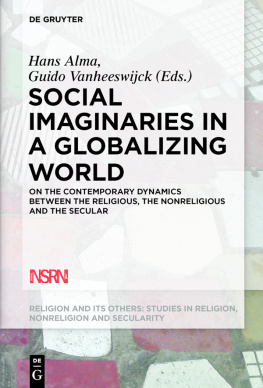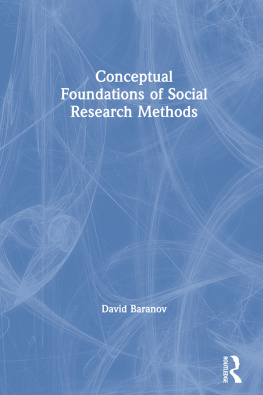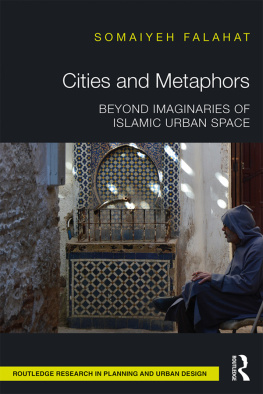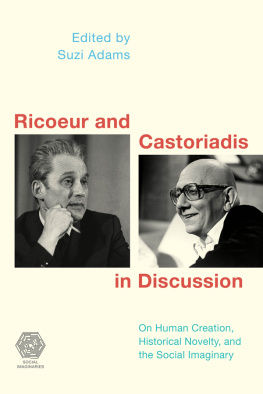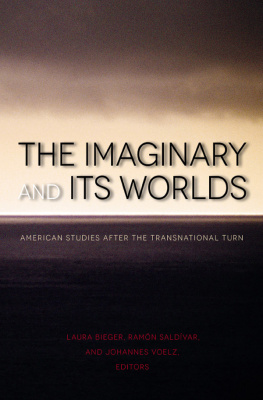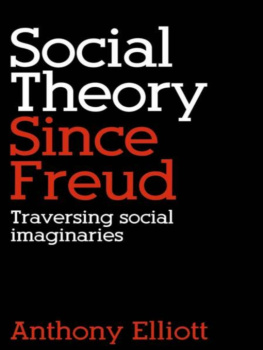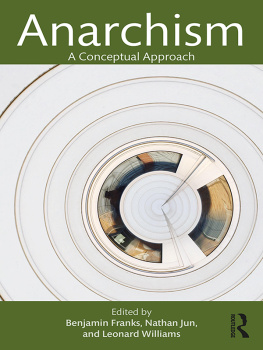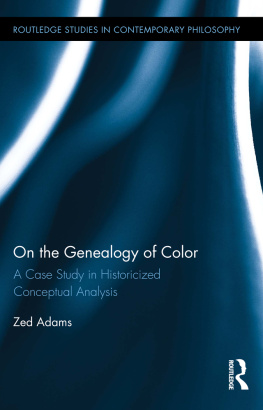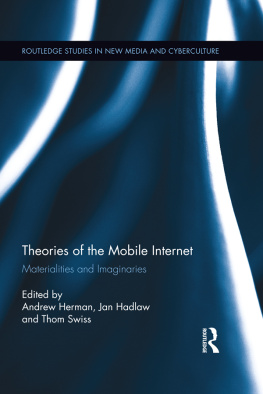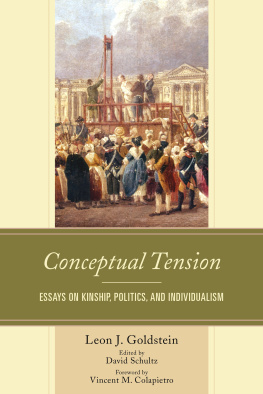Table of Contents
Guide

Social Imaginaries in a Globalizing World
Religion and Its Others

Studies in Religion, Nonreligion, and Secularity
Edited by
Stacey Gutkowski, Lois Lee, and Johannes Quack
Volume 5
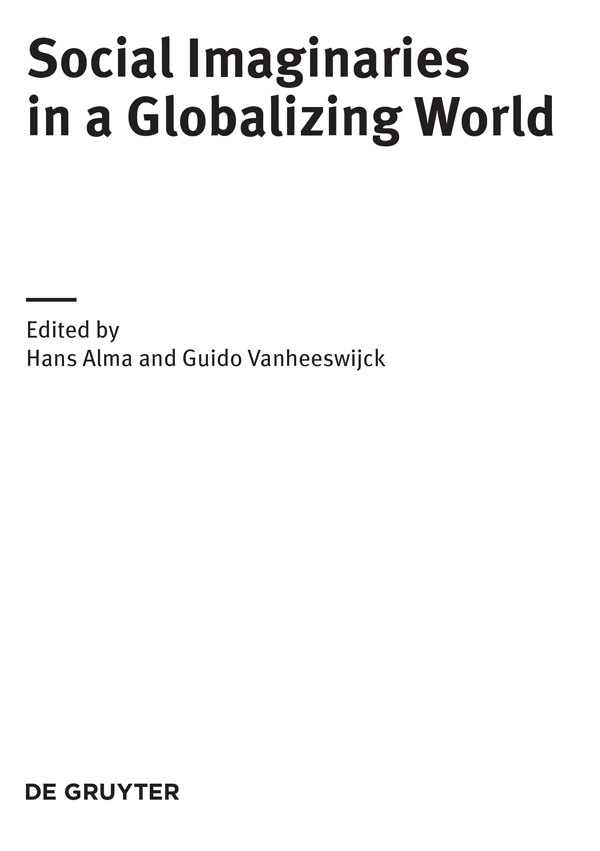
ISBN 978-3-11-044183-3
e-ISBN (PDF) 978-3-11-043512-2
e-ISBN (EPUB) 978-3-11-043415-6
ISSN 2330-6262
Library of Congress Cataloging-in-Publication Data
Names: Alma, Hans, 1962- editor.
Title: Social imaginaries in a globalizing world / edited by Hans Alma and Guido Vanheeswijck.
Description: 1 [edition].. | Boston : De Gruyter, 2018. | Series: Religion and its others: studies in religion, nonreligion and secularity, ISSN 2330-6262 ; Volume 5
Identifiers: LCCN 2018017858| ISBN 9783110441833 (print) | ISBN 9783110434156 (e-book (epub) | ISBN 9783110435122 (e-book (pdf)
Subjects: LCSH: Religion and sociology. | Postsecularism. | Globalization--Religious aspects.
Classification: LCC BL60 .S6143 2018 | DDC 306.6--dc23 LC record available at https://lccn.loc.gov/2018017858
Bibliographic information published by the Deutsche Nationalbibliothek
The Deutsche Nationalbibliothek lists this publication in the Deutsche Nationalbibliografie; detailed bibliographic data are available on the Internet at http://dnb.dnb.de.
2018 Walter de Gruyter GmbH, Berlin/Boston
www.degruyter.com
Hans Alma and Guido Vanheeswijck
Introduction to Social Imaginaries in a Globalizing World
1Background
How to study the contemporary dynamics between the religious, the nonreligious and the secular in a globalizing world? Obviously, their relationship is not only an empirical datum, liable to the procedures of verification, let alone to those of logical deduction. In order to study the dynamics between the religious and the secular in depth, we are in need of alternative conceptual and methodological tools which are complementary to sheer empirically verified research. In this volume, we will argue that the concept of social imaginary is of utmost importance as a heuristic tool to understand these dynamics.
This concept can be traced back to the writings of Benedict (2004, 2007). From different perspectives, they seek to understand (late) modern societies. In our volume we will focus on the way Charles Taylor uses the concept. His A Secular Age (2007), which is widely recognized as a seminal work in the field of secularization theories and in the long tradition of genealogies of secularization, not only elaborates on the notion of social imaginary, it is also an original application of this notions influence on the social dynamics between the religious and the secular in a changing world.
This volume is one of the results of research conducted in the context of the international and interdisciplinary consortium SIMAGINE, dedicated to the study of social imaginaries between secularity and religion in a globalizing world. use of the concept social imaginaries and its promise as an analytic tool for understanding central issues in contemporary (Western) societies.
2Social Imaginaries: A Complex Term
Today, many people are struggling to find an appropriate language to understand what a modern western culture consists of. According to a widespread understanding, modern western culture has drastically transformed its traditional cultural predecessors thanks to the rise of modern science and the overall use of scientific rationality. In his introduction to the volume of essays, Philosophical Arguments (1995) , Charles concedes that this might be the case on a superficial level, but that on a deeper level this understanding is at least biased and only gives a very partial explanation. He holds that modern society could not have developed into its contemporary shape without the occurrence of other, often neglected, changes:
The intuition behind this [view] is that modern society is different from those of preceding ages not just in the novel institutions and practices of representative democracy, the market economy, institutionalized scientific discovery, and steady technological advance; it is different not just in moral and political principles, in authenticity, rights, democratic legitimacy, equality, non-discrimination. The notion is that alongside these changes, connected with these and in a relationship of mutual support, is an asset of changes in the way we have come to imagine society. That is, the repertory of means available to understand how we relate to others in society has altered in a fundamental way. ( 1995, x)
In the quote above, it was the very first time that 2002, 1). Taylor defines social imaginaries as incorporating a sense of the normal expectations that we have of each other; the kind of common understanding which enables us to carry out the collective practices which make up our social life. This incorporates some sense of how we all fit together in carrying out the common practice. (Taylor 2007, 172)
To clarify the importance of social imaginaries in understanding our contemporary culture and the differences with other cultures, he often relates the meaning of imaginaries to that of a picture. Explicitly referring to Ludwig Wittgensteins wishes to underline with the use of the word picture that the way we imagine our world is something utterly different and much deeper than a theory:
It is a largely unreflected-upon background understanding which provides the context for, and thus influences all our theorizing in this area. The claim could be interpreted as saying that mainline epistemological thinking, which descends from Descartes, has been contained within and hence shaped by this not fully explicit picture; that this has been a kind of captivity, because it has prevented us from seeing what is wrong with the whole line of thought. At certain points, we are unable to think outside the box, because the picture seems so obvious, so commonsensical, so unchallengeable. (Taylor and Dreyfus 2015, 12)
Precisely because imaginaries and pictures are situated at the paradigmatic level, underlying and presupposing theoretical constructs, they have such a deep, albeit often surreptitious and tacit influence. Due to that precarious status, the ramifications of this specific use of the concept social imaginaries are manifold and complex. By way of introduction, we focus on four of them.
First, the concept social imaginaries functions as a collective noun which contains among others secular, religious, political and economical imaginaries. In application to our topic of the contemporary dynamics between the religious, the nonreligious and the secular in a globalizing world, it is to be noted that secular imaginaries inherent to our contemporary society relate to what Taylor defines as the immanent frame we are currently living in. At the same time, they make that immanent frame possible, which means that traditional sources of transcendence have been eclipsed or even dispelled from our views on man and nature. So, the social imaginary of an immanent frame has become a picture that holds us captive, as Taylor rephrases Wittgenstein (Taylor 2007, 549). Moreover, this immanent frame is not related to one single social imaginary, but can only be understood by reference to social imaginaries in the plural, since contemporary Western culture showcases a super-diversity which does not allow for one single picture or social imaginary.

